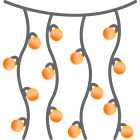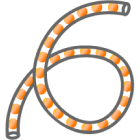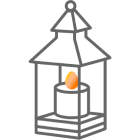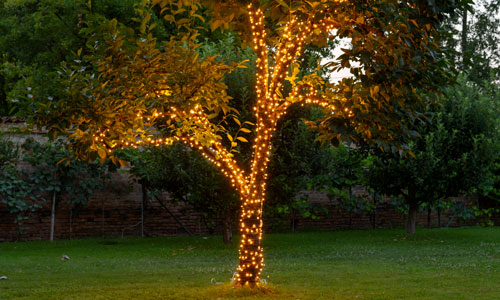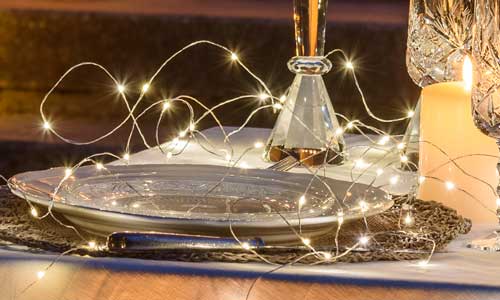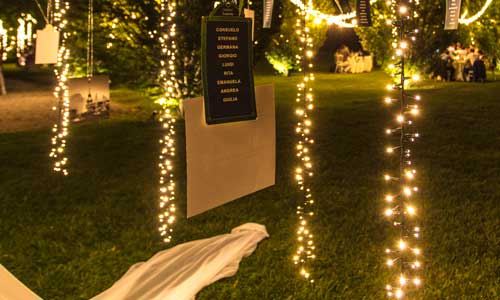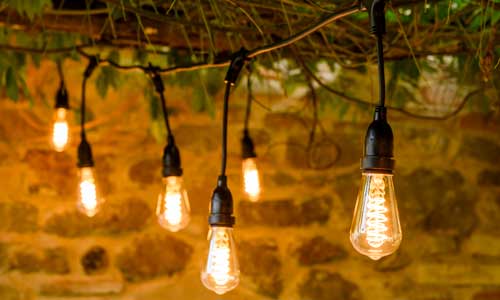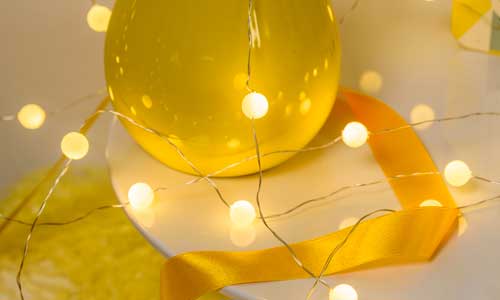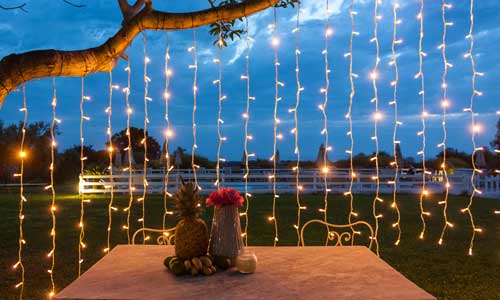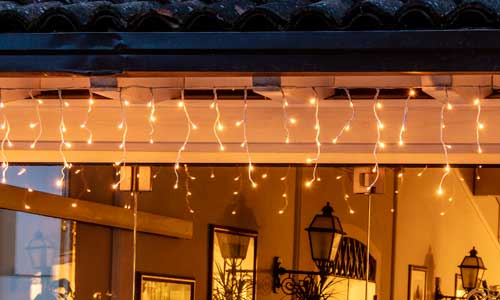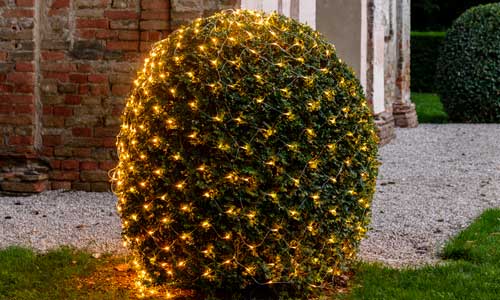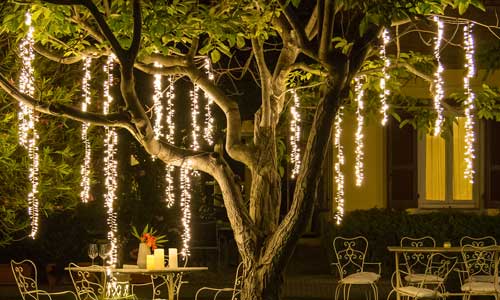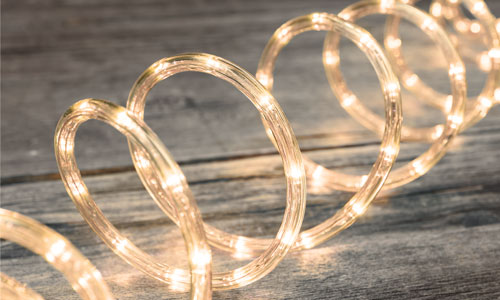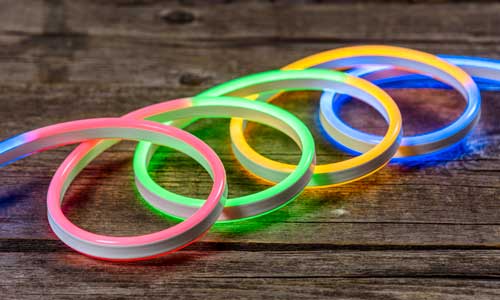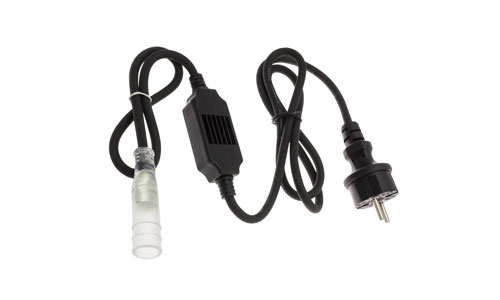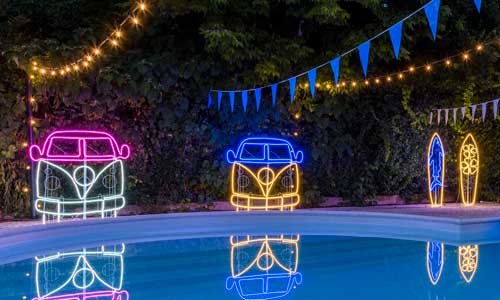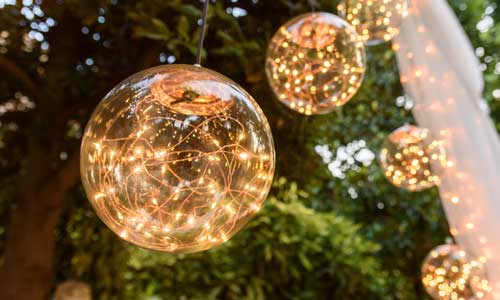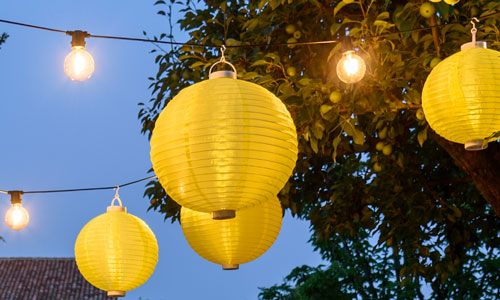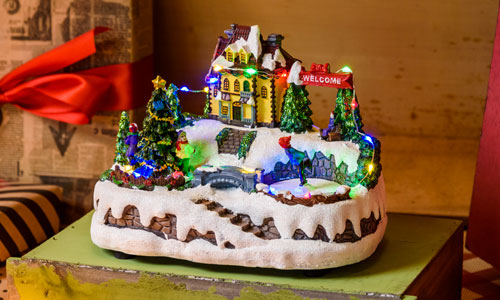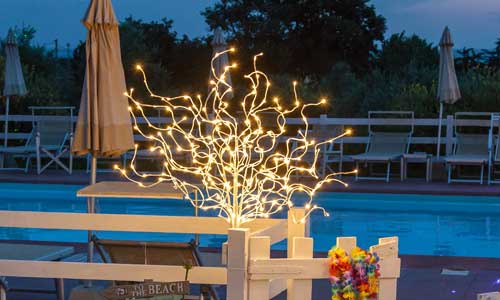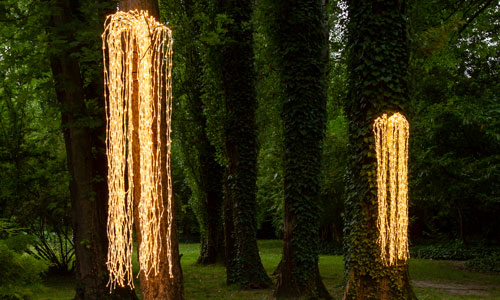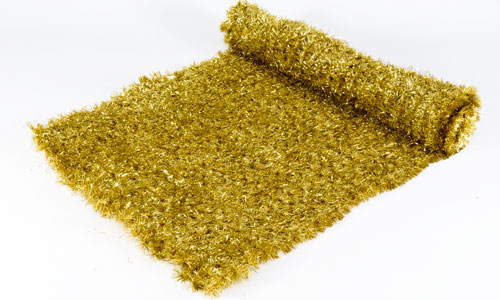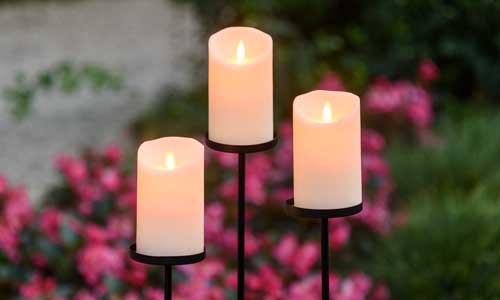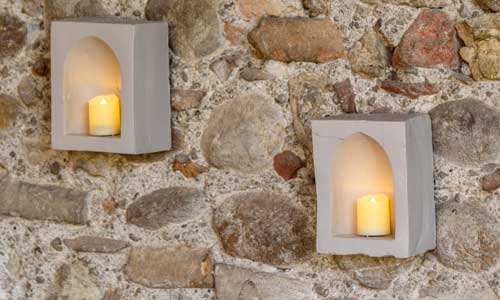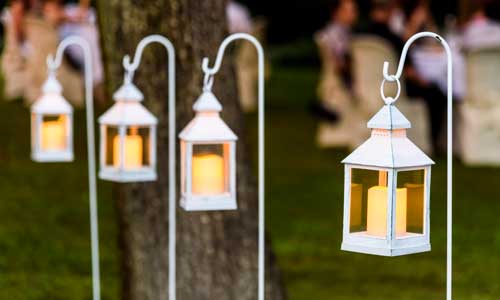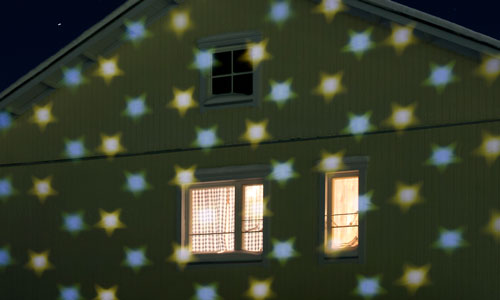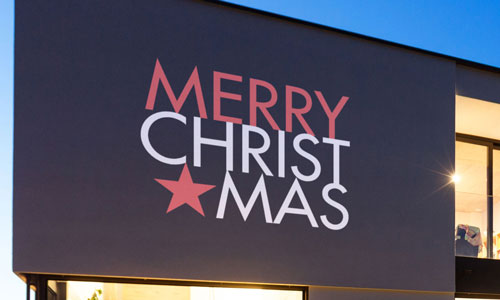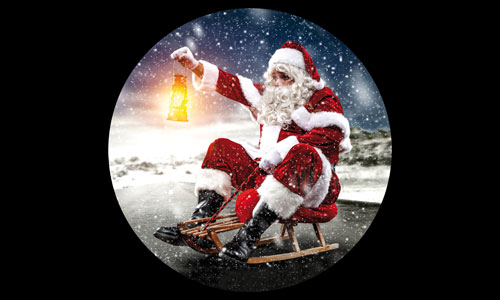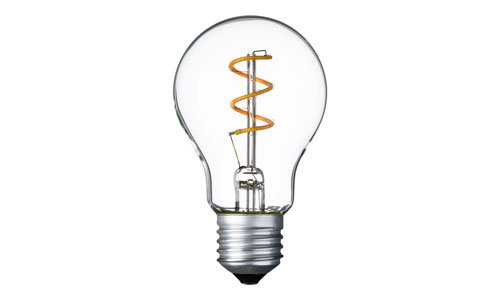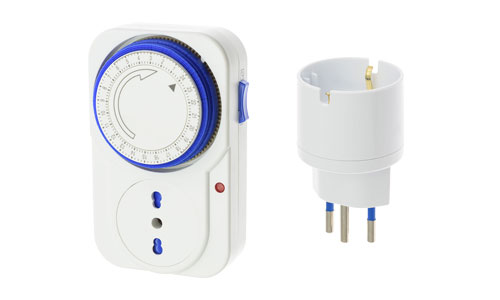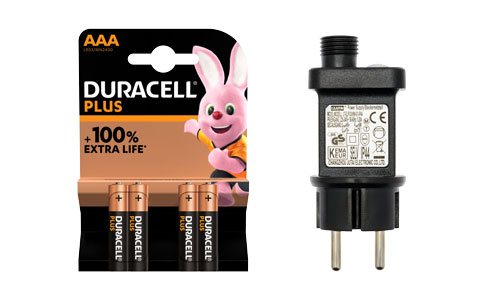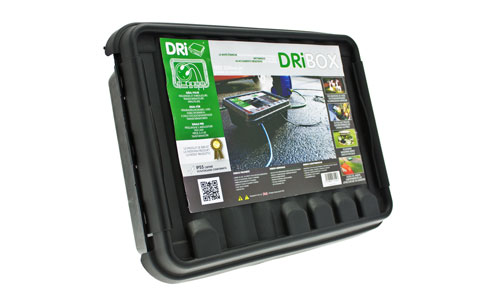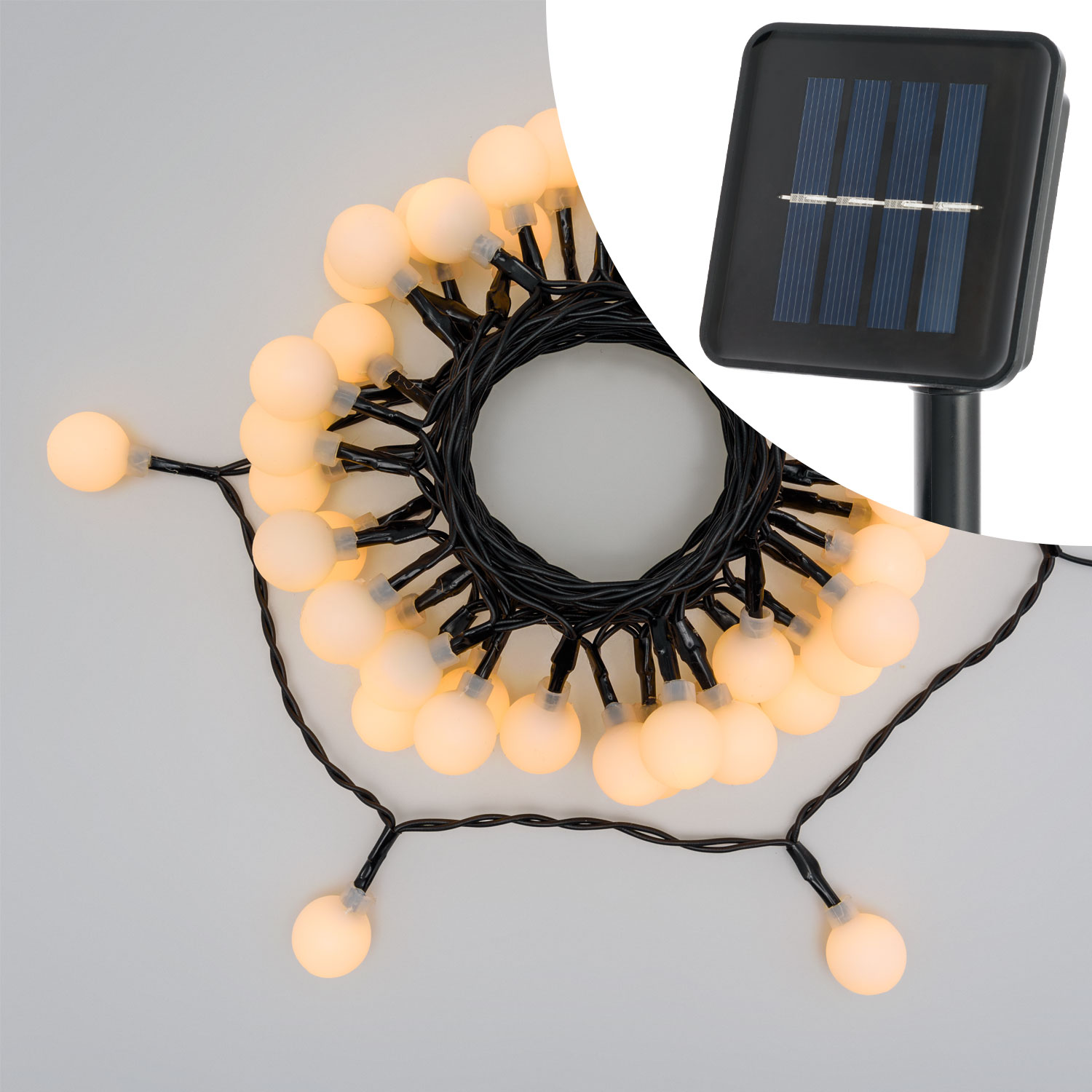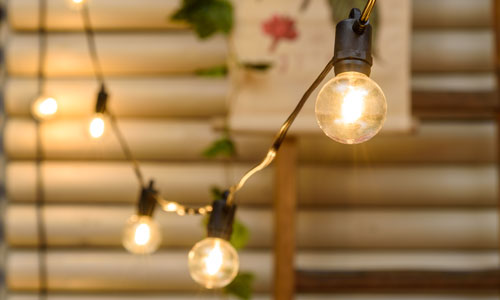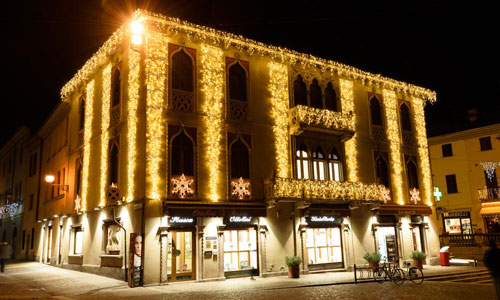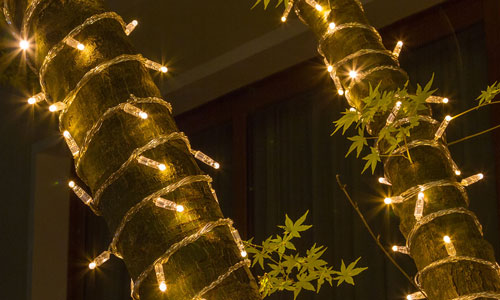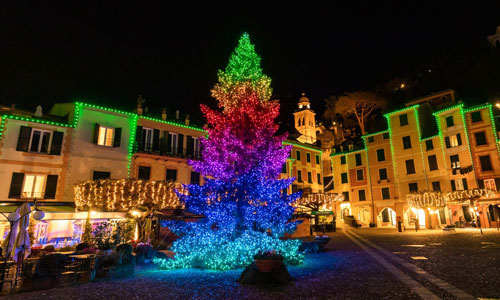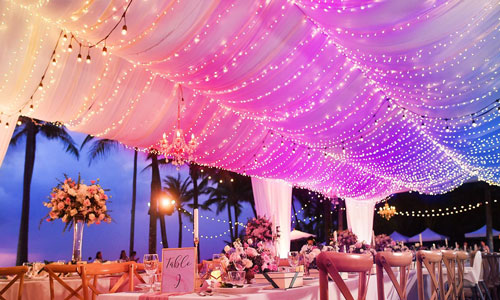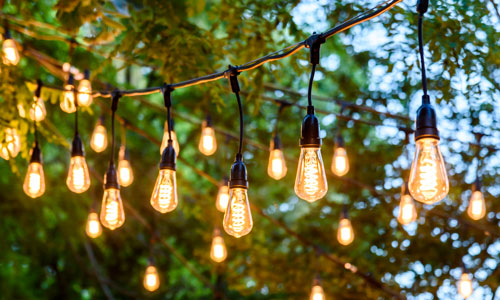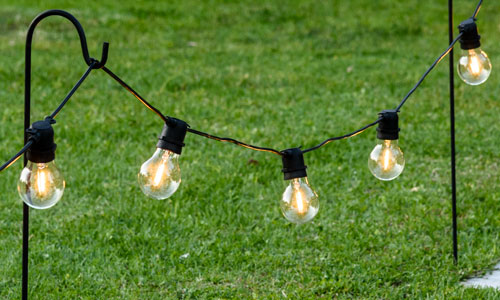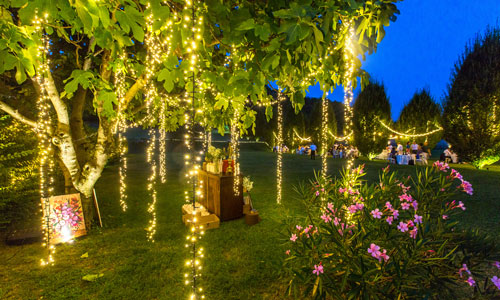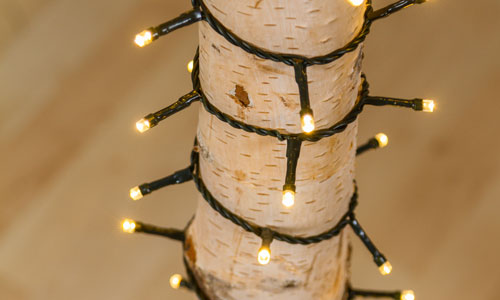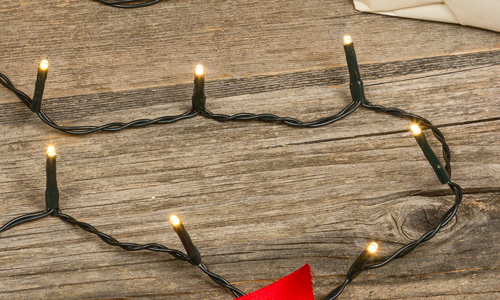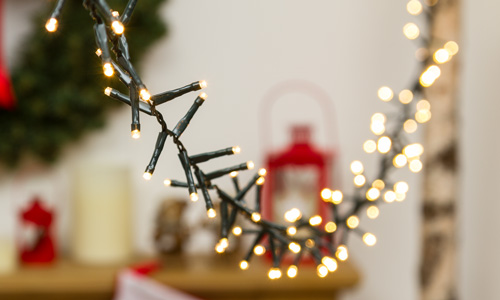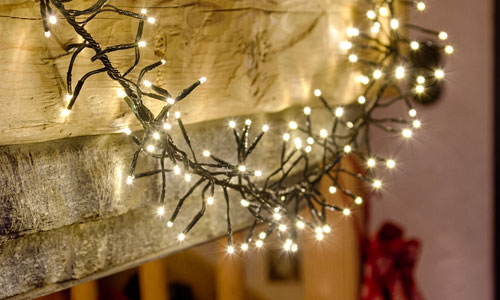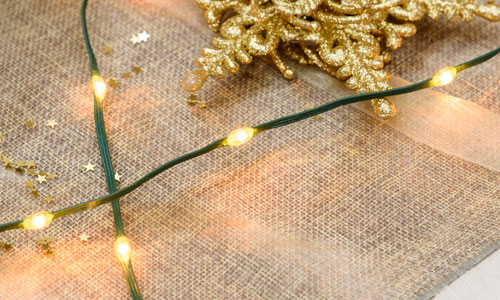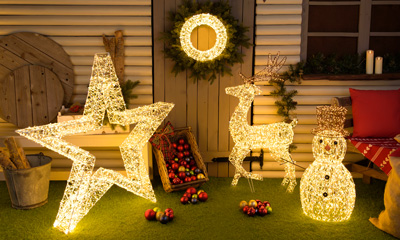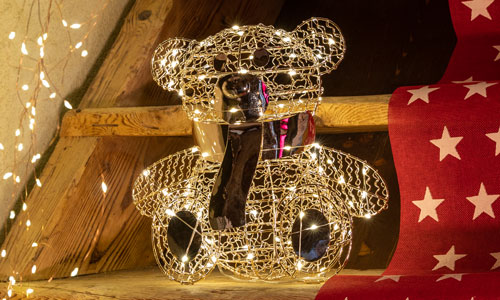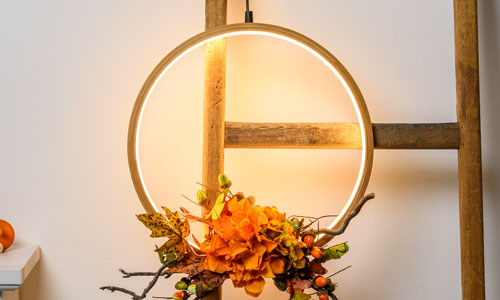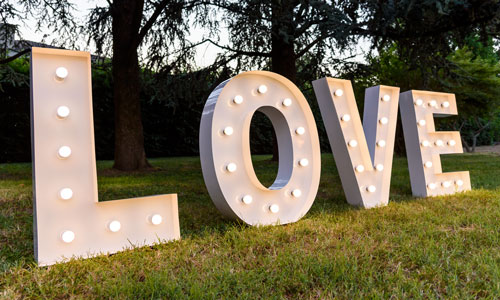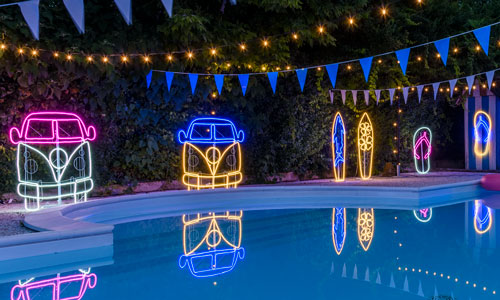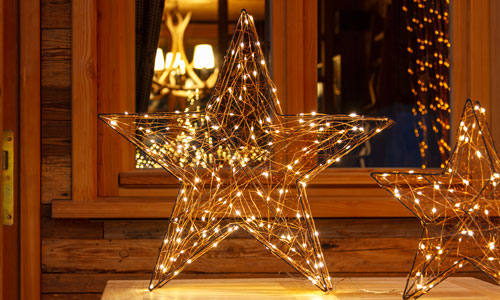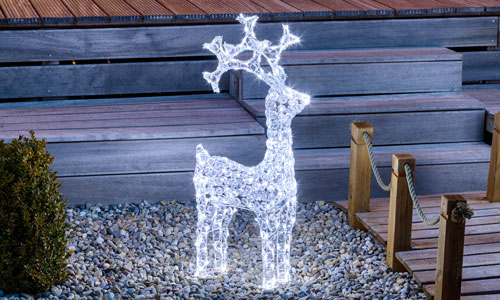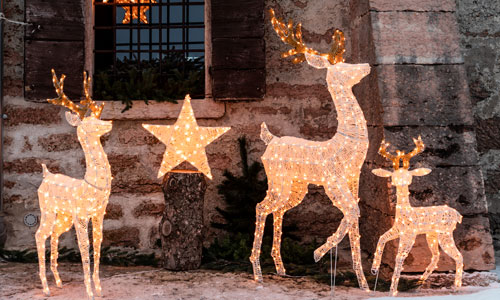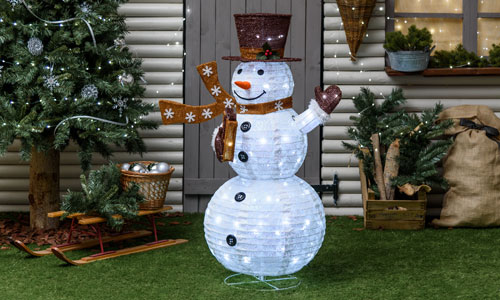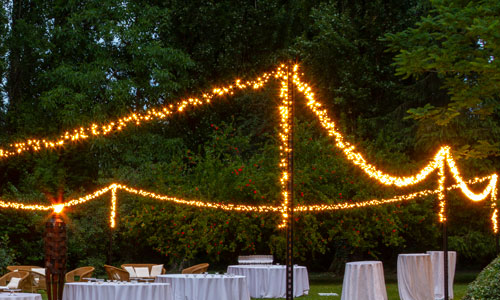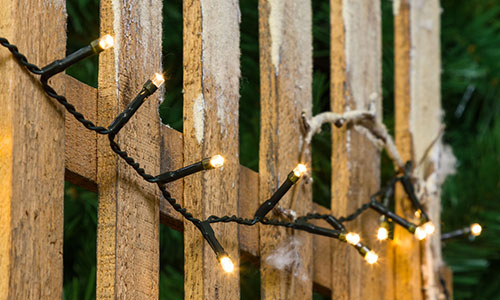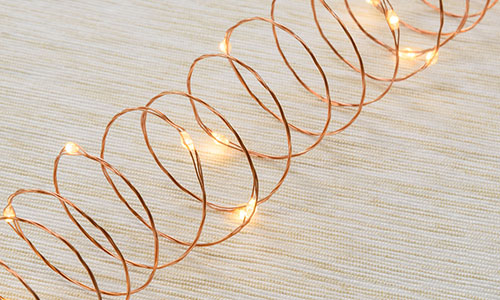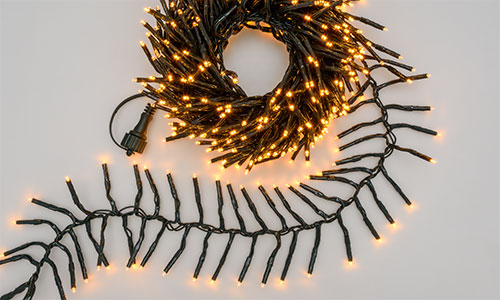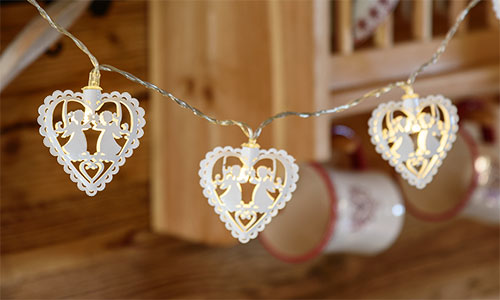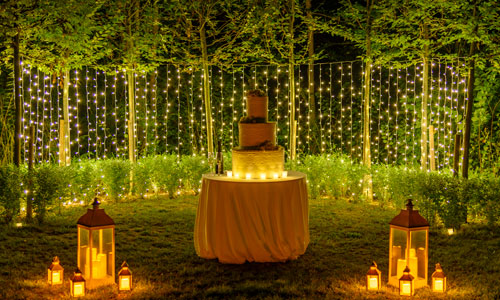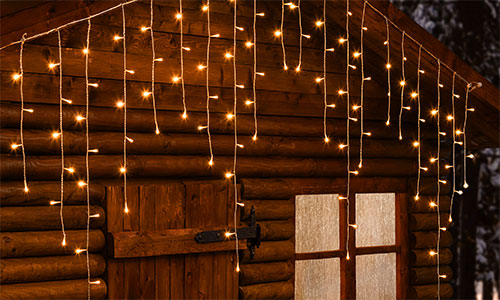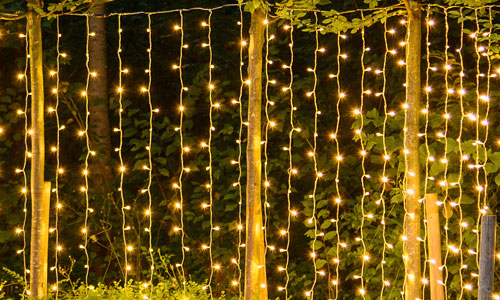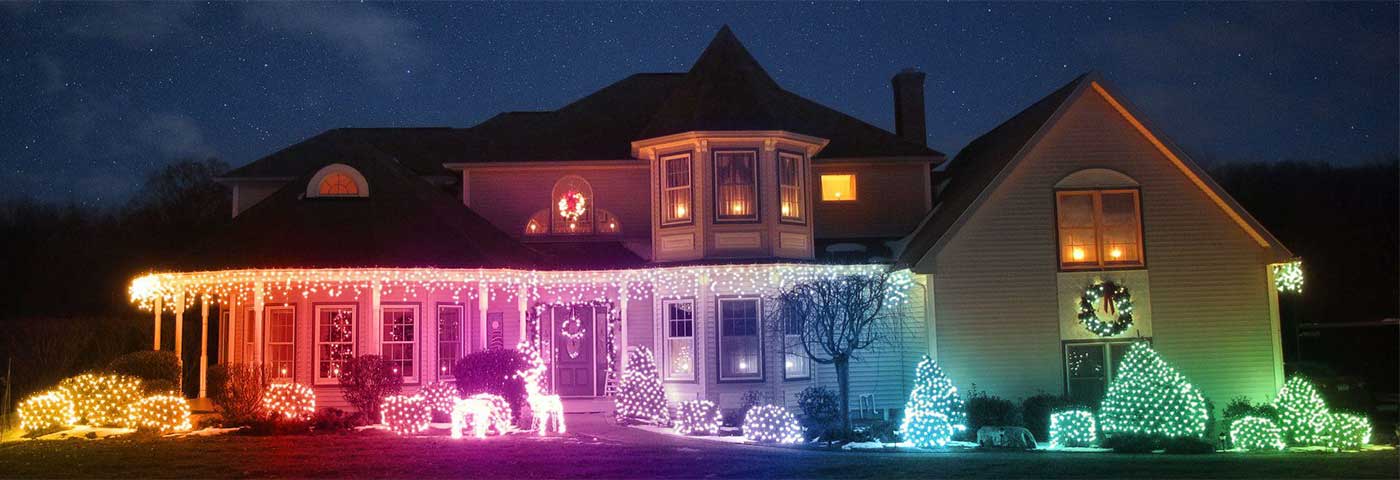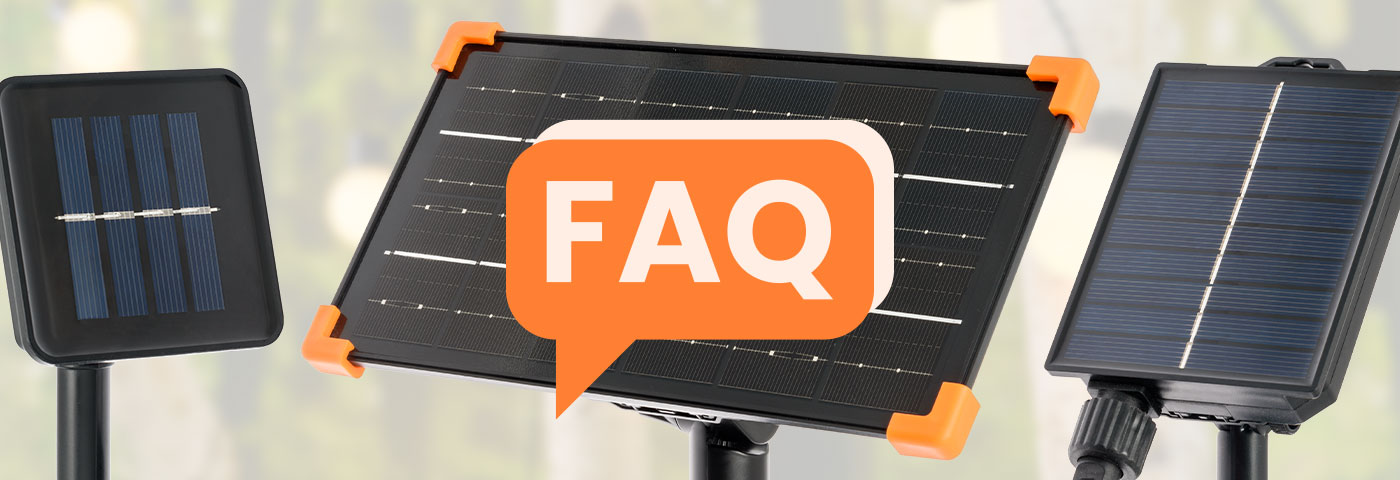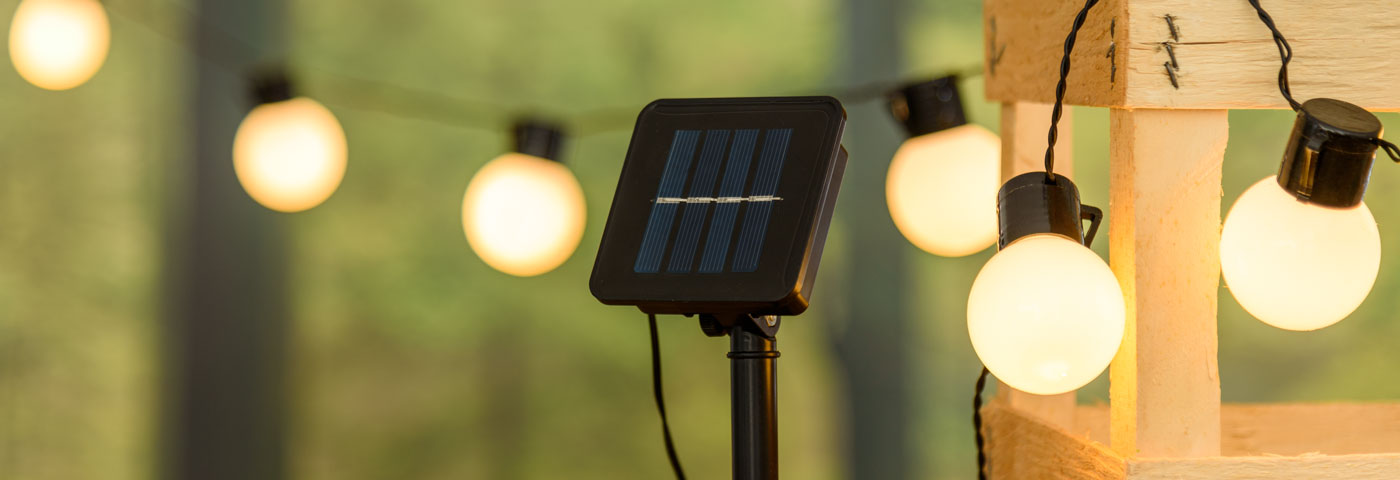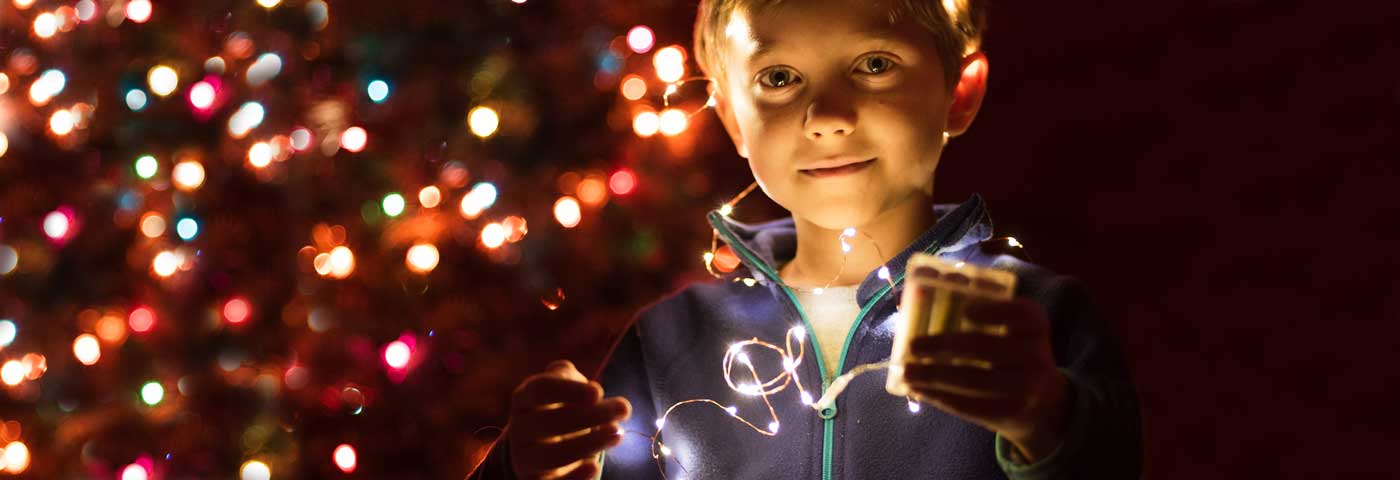Guide to the safe purchase of Christmas lights
Christmas lights are beautiful but can be dangerous. Discover the guidelines to follow in order to select the safest ones.
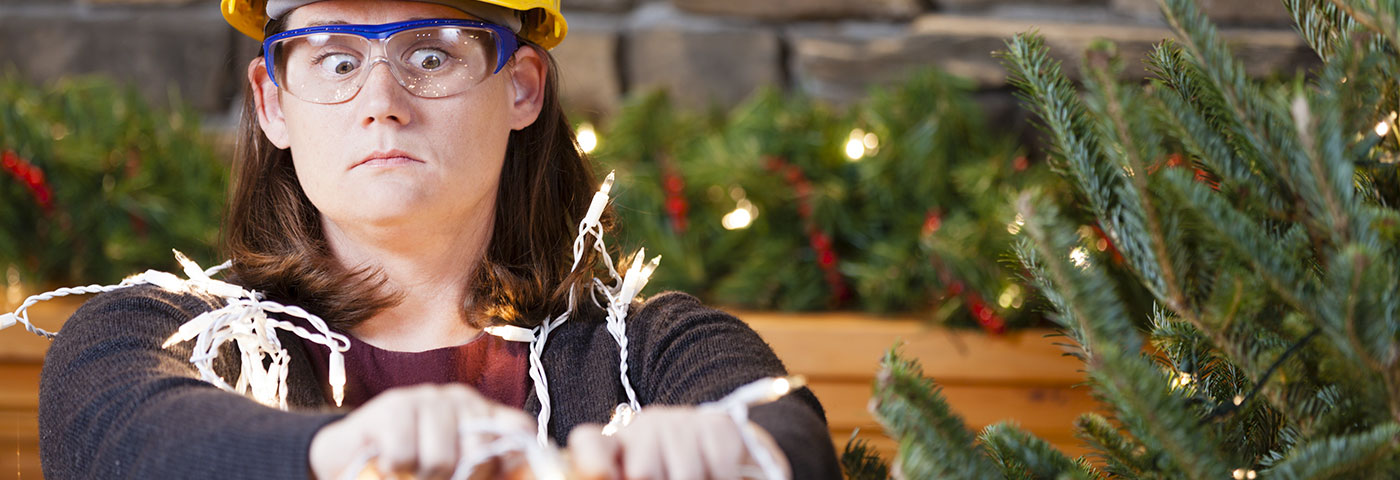
Date
07.09.2019
Reading time
10 min
The closer the holidays get, the greater the rush to get strings of lights for the tree, light curtains for the terrace and little stars to put on display in the living room.
Often, it is beauty or necessity that guides us in purchasing Christmas lights, and we forget that they are electronic devices that should be chosen and used with caution. That's why it becomes essential to know who produced them and how.
For this reason, we asked Luca Setti, the person entrusted of product certifications at the company Lotti Moments of Light, an importer from China and our supplier of decorative luminaries, to explain the process that Christmas decorations go through and to guide us in purchasing Christmas lights.
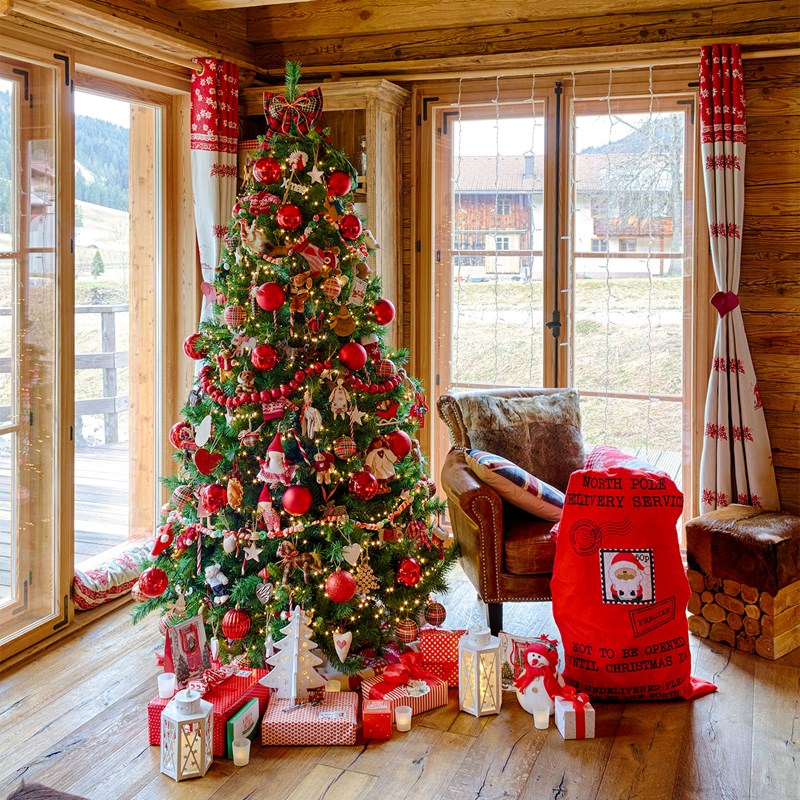
What are the reference regulations for decorative lighting products?
The reference standards are primarily established at the European level and set the minimum safety requirements that decorative lighting products must comply with to be marketed within the European Union.
By affixing the CE mark on the product, the manufacturer or importer declares that it complies with the safety requirements. Therefore, the first thing to check is the presence of the CE mark on the product and its packaging. A decorative lighting product without the CE mark or with an incorrect CE mark is considered non-compliant with the essential safety requirements.
Often, it is advised to purchase products that bear the IMQ and GS marks. What do they exactly mean? Do they guarantee greater safety?
The limitation of the CE marking for decorative lighting is that it essentially involves placing a mark on the product and issuing a declaration in which the manufacturer or importer attests that the product complies with the safety requirements established at the European level. Therefore, it is not necessary to carry out tests or periodic checks on the products to market them in the European territory.
To overcome this limitation and ensure the quality of their products, some companies like ours, in addition to the mandatory CE declaration and CE marking on the product, choose to voluntarily submit samples of their products to laboratory tests conducted by accredited independent institutes, such as TÜV. This provides greater assurance about the safety of their products.
In addition to this, it is possible to obtain a voluntary quality mark such as GS or IMQ, which includes, in addition to the tests mentioned above, periodic inspections at the production facilities to verify the correspondence of the production with the approved sample. However, these marks are entirely voluntary and are not required for product marketing. Therefore, as mentioned above, only the CE declaration and CE marking on the product are sufficient.
What checks are carried out to certify a product?
There are many and various tests that are carried out to verify the safety of a product. They are aimed at:
-
check the mechanical resistance, tested for example by tensile testing of cables;
-
check impact resistance: steel balls are dropped on the controller/device that regulates the light effects and on the LEDs;
-
To verify electrical safety, the product is used under overvoltage conditions to ensure it does not catch fire;
-
To check the flammability of materials, the product is placed in an oven or intentional flames are applied to certain plastic parts to ensure that the materials do not propagate any flames.
Why is it important to have a certified product, what is at risk if not?
A certified product is one that has been approved by a third-party organization. In the absence of a certificate, one can only rely on the manufacturer or importer's production control capabilities. The risks involved can be of serious consequence as decorative lighting products are, after all, electrical devices with internal voltages of up to 230V.
Are the controls in Italy enough to give safety to the final consumer?
In Italy, checks are carried out by the competent authorities. This is evidenced by the fact that every Christmas season, significant quantities of products not conforming to regulations are discovered.
However, the controls are always too few compared to the volume of products present on the market to ensure that only compliant products are sold. Therefore, it is essential for consumers to be informed so they can protect themselves from unsafe products.
How does the consumer know if he is buying a safe product?
Fortunately, there are some significant and easily verifiable details that can raise doubts about the quality of products. We list some of them:
-
The CE mark on the packaging must be written correctly. It may seem trivial, but European regulations clearly and unambiguously establish this requirement about how the CE marking should be represented. If a manufacturer or importer is not even capable of correctly displaying the mark, all the more reason the consumer may doubt the safety of the product.
-
The packaging and label of the product must include the data of the importer (name, origin, registered office, contact details);
-
the product packaging must indicate the Country of manufacture ( for example, Made in China).
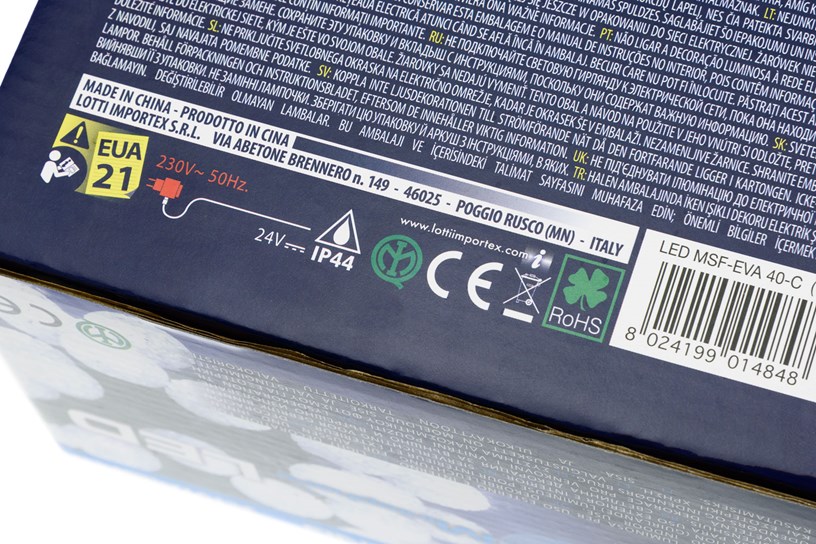
-
All information visible on the packaging and accompanying materials must also be in the Italian language.
-
It is useful to verify that the controller is sturdy, for example, by pressing it firmly. If the plastic shows signs of giving way, it is dangerous as it may overheat. A slight pull can be applied to the cables coming out of the controller to ensure they do not come out of the device.
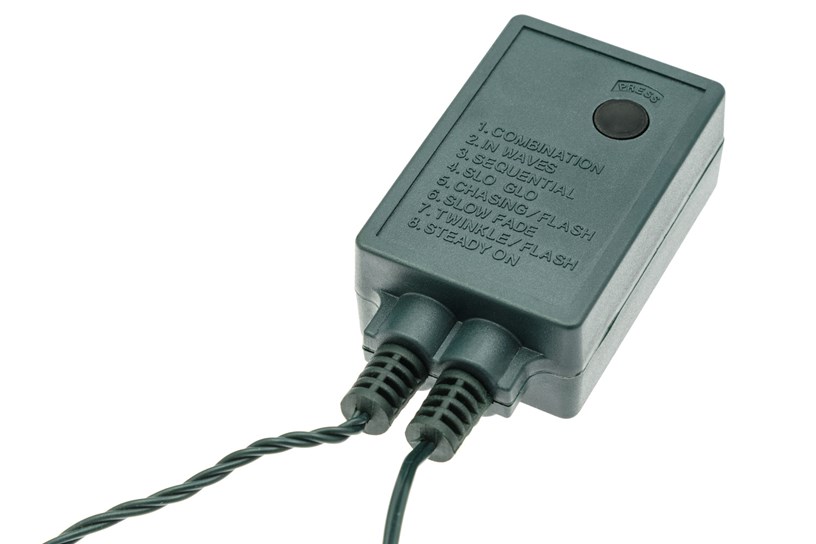
-
The prongs of the plug must be perfectly parallel and remain in position if a slight force is applied. Items marketed for outdoor use and powered by the mains or a transformer must necessarily have a Schuko type plug; the Italian one is not suitable because it does not provide the required level of protection for outdoor use;
-
the words 'outdoor use' must be accompanied by the minimum degree of protection IP44.
Does buying online provide a guarantee of security?
The shop next door is no safer than the e-commerce found on the internet. Safety is guaranteed by the reliability of the seller.
If you prefer to make purchases in physical stores, it is advisable to visit specialized shops and retailers, such as those dealing with DIY and hardware supplies.
You can safely purchase online as well, paying attention to the information provided about the product and the seller. It is also essential to ensure that the desired products are covered by a warranty of at least 2 years, as prescribed by European regulations.
If you are unfamiliar with online shopping, it is advisable to contact customer service, which is available for clarification and questions.
What recommendations would you give to consumers for a conscious and safe purchase?
My advice is first of all to consider, before any purchase, your own decorative needs.
Not all string lights are the same, and the same applies to their intended uses: one must distinguish between economic and professional lines. If you are curious to know when and why it is better to opt for professional lights, check out our dedicated post.
Installation must be done with caution. If you use decorations outdoors, you need to protect the plugs and transformers, sensitive parts that are particularly affected by temperature fluctuations.
If you apply electronic decoration products in public places and premises, you must refer to the regulations established by your municipality.
When installing the string lights, it is also essential to avoid stretching the wires too much. The instructions provided inside the package are comprehensive in this regard. For example, you can hang a string of lights on a nylon cord to prevent overloading the decoration.
Also, consider that the higher the voltage of the product, the greater its potential danger. For this reason, we are increasingly investing in ultra-low voltage items (<50V), equipped with a transformer or battery.
Conclusions
In conclusion, there are several ways to determine if the product you have in hand is of quality, and they are accessible to everyone. Be cautious, and you will have a safe and brightly lit festive home 😀




